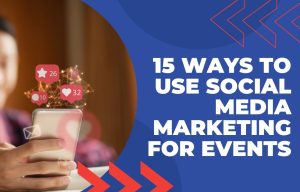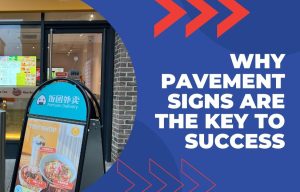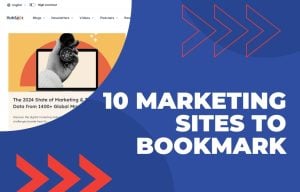In today’s world, where the internet influences nearly every aspect of our lives, is offline marketing still necessary when digital marketing offers measurable results and precise audience targeting? Digital marketing allows you to track what drives your sales – a level of insight often unattainable with offline strategies.
What about engaging with customers in person or allowing them to try out your product or service? These are experiences that digital marketing alone cannot fully replicate. But first, let’s start by looking at the difference between online and offline marketing.
Offline Marketing: also referred to as ‘traditional marketing’, is any marketing or promotional activity that doesn’t occur online. Examples of offline marketing include events such as trade shows and exhibitions, billboards and posters, radio adverts, and magazine adverts.
Online Marketing: also referred to as ‘digital marketing’, is any marketing or promotional activity that occurs online. Online marketing can be conducted via social media, search engines and websites, email, and text messages.
What Are The Benefits Of Offline Marketing?
1. Broader Reach Through Events and Exhibitions
Digital marketing may offer precision targeting, but offline marketing excels in creating mass exposure. Events like trade shows and exhibitions provide a platform to showcase your brand to a wide audience in one location. These events often drive up the number of people searching for your brand online after attending. The physical interaction leaves a lasting impression that digital ads struggle to achieve.
People are more likely to remember engaging in a hands-on environment like an exhibition stand compared to simply seeing an online ad. This type of immersive interaction strengthens your brand’s perceptions.
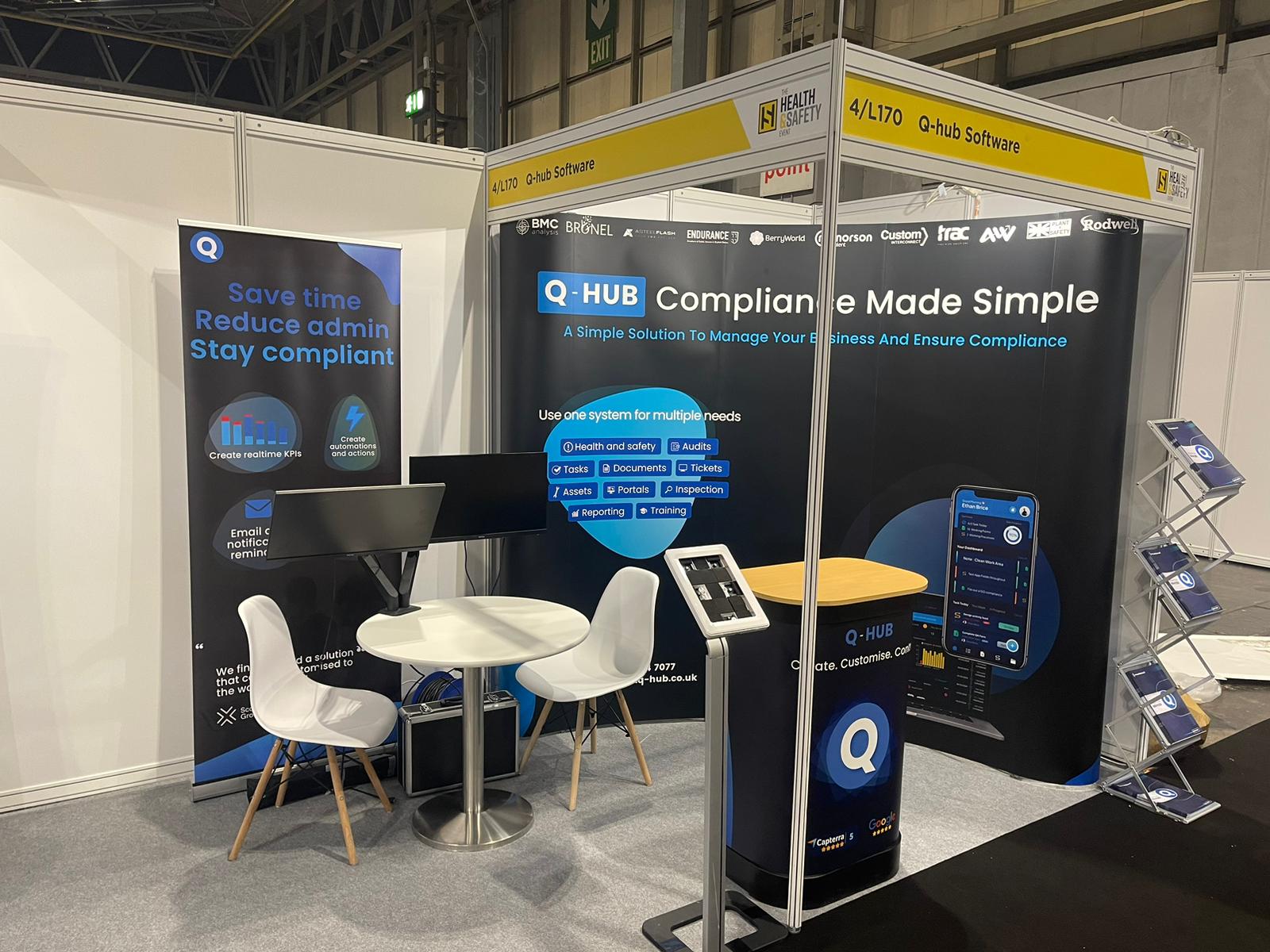
2. Building Trust Through Personal Interaction
One of the biggest strengths of offline marketing is the human connection it enables. Trade shows and exhibitions allow businesses to engage directly with potential customers. By meeting in person, you can build trust, answer questions, and address concerns more personally.
Humans are social beings but are naturally cautious. We lean towards buying from people we trust. Building a rapport through personal interaction fosters a sense of authenticity that is difficult to replicate online. Research shows that 81% of consumers believe that trust is the most important factor when choosing who to buy from.
3. Word of Mouth (WOM): The Power of Trusted Recommendations
Word of Mouth remains one of the most effective marketing tools and thrives in offline settings. Personal recommendations from friends and family are often seen as more trustworthy than online reviews. Offline interactions, like those at community events or exhibitions, generate organic buzz around your brand.
Hosting engaging activities, delivering exceptional customer service, and providing memorable experiences can naturally encourage people to talk about your brand in a positive light.
4. Customer Retention Through Tangible Interactions
Offline marketing strategies are particularly effective at engaging existing customers and keeping them loyal to your brand.
Providing product samples, or even samples of the materials you use, lets customers experience your offerings first-hand. This tactile experience allows users to get a feel for your brand and can build trust in your product’s quality. Samples create brand awareness and can serve as a great form of market research. Not to mention, they give your business a competitive advantage over companies that do not offer these tangible interactions. At Discount Displays we offer free sample boxes to allow our customers to feel a range of our large-format print materials. Head over to our website and fill out the form today if you would like to receive a sample pack.
By giving customers something tangible to try, you create a deeper connection. This will strengthen their loyalty to you and they will look to your brand each time they need to re-purchase. Samples can also encourage word-of-mouth promotion as customers can share their experiences with others and even pass on the samples.
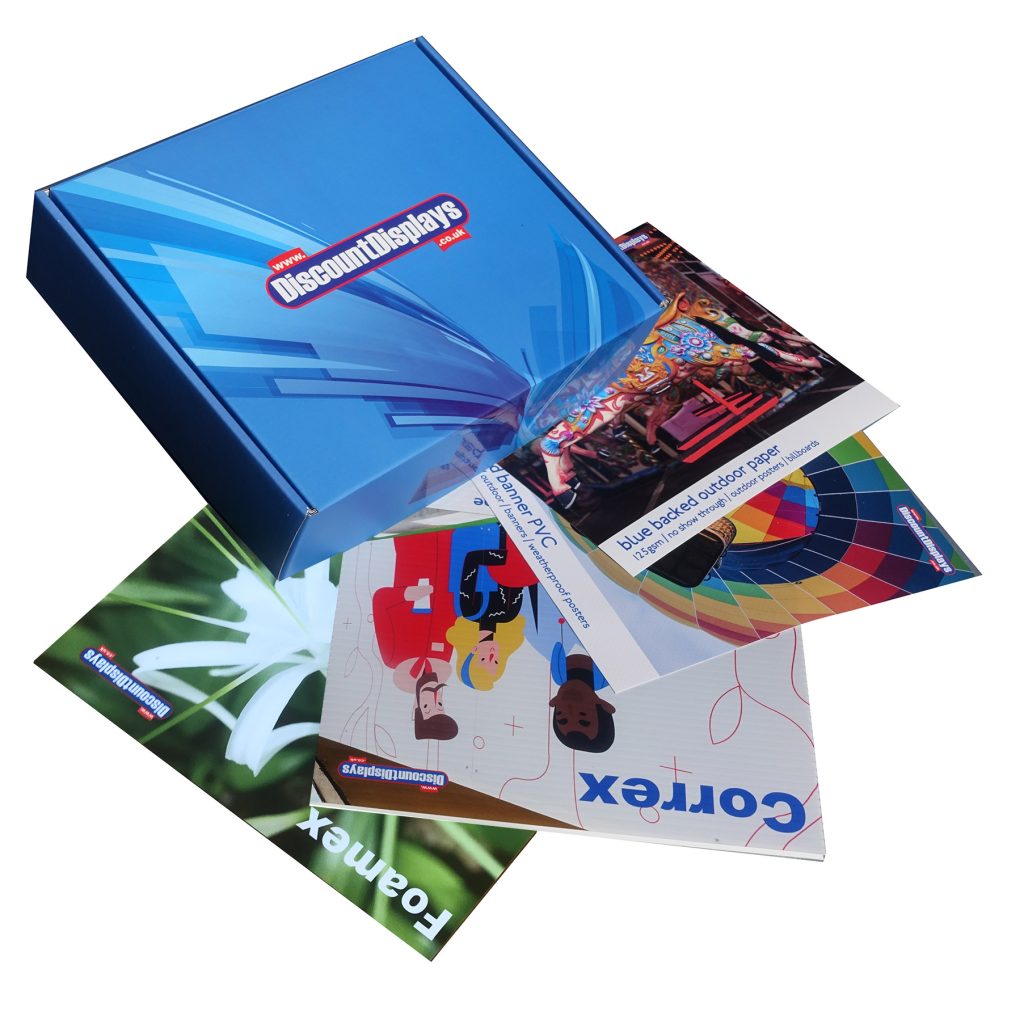
5. Community Engagement and Brand Reputation
Offline marketing allows brands to connect with communities in meaningful ways that go beyond sales. By sponsoring community events, hosting activities or supplying products free of charge, you demonstrate your brand’s commitment to building a strong community. This creates goodwill and enhances your reputation as a supportive and reliable brand. Contributing to your surrounding community demonstrates that your brand has good values, plus customers are more likely to support businesses that actively give back to their community.
Online vs Offline Marketing?
Blending offline and online marketing into a unified strategy can significantly enhance your reach and impact. Each marketing strategy is unique, and tailored to the specific goals and audience of a business. Instead of choosing between online and offline marketing, integrate both for a more comprehensive approach. For instance, offline efforts like pop up stands or roller banners at events can steer people towards your website via links or QR codes. Online advertisements can drive online engagement and promote in-store promotions or local events. This synergy allows customers to interact with your brand in a range of ways, driving more sales and building stronger connections.
Cost is a key consideration when choosing between offline and digital marketing. Offline methods, such as pavement signs or printed banners, typically involve higher upfront costs for production and distribution. In contrast, digital marketing offers cost-effective options like organic social media traffic or email campaigns. These activities allow for precise targeting and measurable outcomes. However, digital efforts may still require investment in online tools or expertise.
It’s important to remember that the ideal approach depends on your business objectives, audience, and budget. Offline strategies are excellent for building local awareness and trust, particularly important for businesses with a brick-and-mortar store/in-person location. Alternatively, digital channels are very effective for scaling smaller or online businesses and reaching broader audiences.
What can we take away from the rise of online marketing?
Offline marketing remains a vital tool in the modern marketer’s arsenal. Neither online nor offline marketing should be used solitarily, but rather in tandem. When integrated effectively with digital strategies, offline marketing can create strong relationships, drive unparalleled results and help your brand stand out in today’s competitive landscape. By leveraging events and creating tangible experiences, businesses can build trust and create lasting impressions. These impressions often go beyond the limitations of digital platforms.

